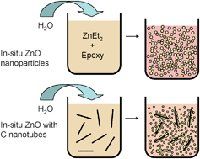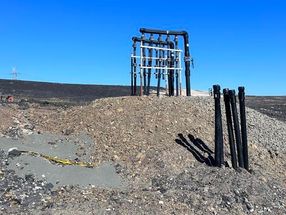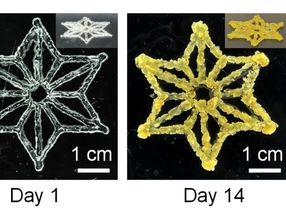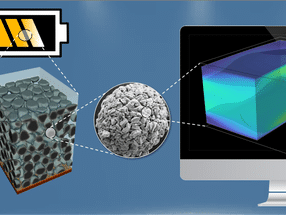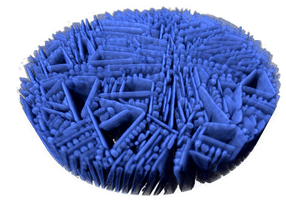Structure determination and synthesis of the mussel toxin azaspiracid
Seafood is a delicacy that should always be enjoyed with caution, as its consumption can occasionally lead to poisoning. The toxins are mostly produced by unicellular organisms off which a lot of sea animals feed. A particular type of poisoning that results from mussels cultivated in European waters is caused by the nerve toxin azaspiracid-1. The structure proposed a few years ago for this molecule has since been shown to be incorrect. Californian researchers led by K.C. Nicolaou have once again tackled this mussel toxin, and refused to let go until they had uncovered all the errors in the original proposal and corrected them. Through a total synthesis, that is, by building the entire molecule in the laboratory from readily available starting materials, Nicolaou and his co-workers have proved that the revised structure is correct. "Based on our total synthesis", says Nicolaou, "azaspiracid can now be prepared in sufficient quantities to allow further investigations into its mechanism of action and, above all, to develop methods to detect its presence in seafood and water."
Why was the structure elucidation of azaspiracid-1 such a difficult undertaking? The naturally occurring compound has a very complex skeleton, which consists of nine different, partially fused rings (labeled A to I). Three "figure 8" shaped spirocyclic ring systems (one carbon atom is shared by two rings orientated perpendicular to each other) complicate matters even more, as they allow several possibilities for the 3D structure (configuration) of the molecule. Furthermore, the compound includes 20 stereogenic centers (a stereogenic center is an atom that can be bound to its partner atoms in two possible ways, which are mirror images of each other).
To arrive at the correct structure, the researchers broke up the natural azaspiracid into smaller fragments and also made the corresponding fragments based on the originally proposed structure. They then compared the synthesized fragments with the pieces of the natural puzzle by spectroscopic and chromatographic methods in order to trace the error. This puzzle method allowed them first to verify the structure of the FGHI ring system and then to revise the structure of ring E. A comparison with a related natural product helped further with the ring system ABCD: A double bond had to be shifted one position along from that in the originally proposed structure. The configuration at the two spirocyclic junctions between the rings A, B, and C also had to be revised. The last question, as to which of the mirror images was actually the correct structure of the ABCD ring system, was answered in the final assembly of the pieces of the puzzle into the complete molecule.
Other news from the department science
Most read news
More news from our other portals
See the theme worlds for related content
Topic world Synthesis
Chemical synthesis is at the heart of modern chemistry and enables the targeted production of molecules with specific properties. By combining starting materials in defined reaction conditions, chemists can create a wide range of compounds, from simple molecules to complex active ingredients.
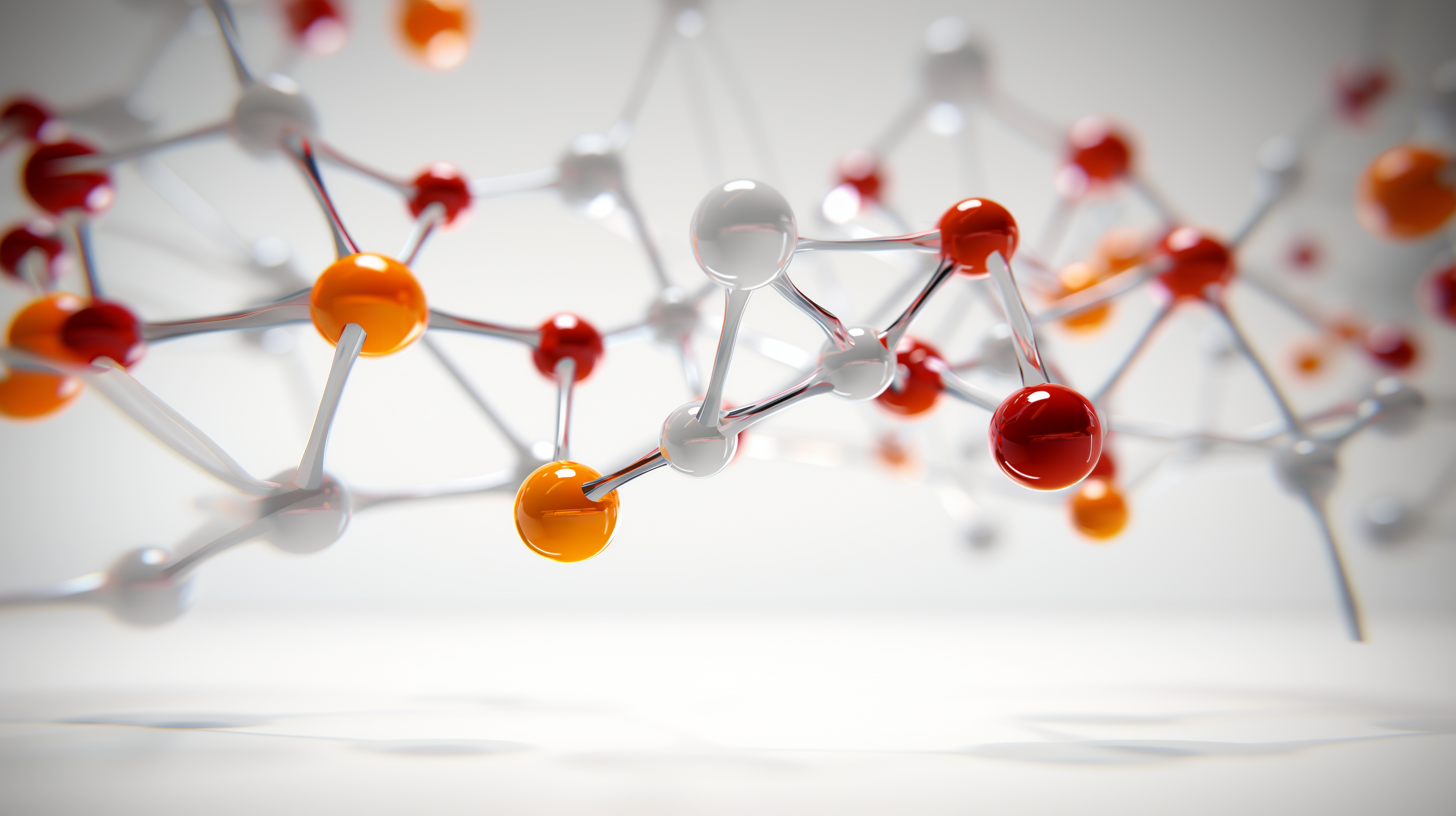
Topic world Synthesis
Chemical synthesis is at the heart of modern chemistry and enables the targeted production of molecules with specific properties. By combining starting materials in defined reaction conditions, chemists can create a wide range of compounds, from simple molecules to complex active ingredients.
